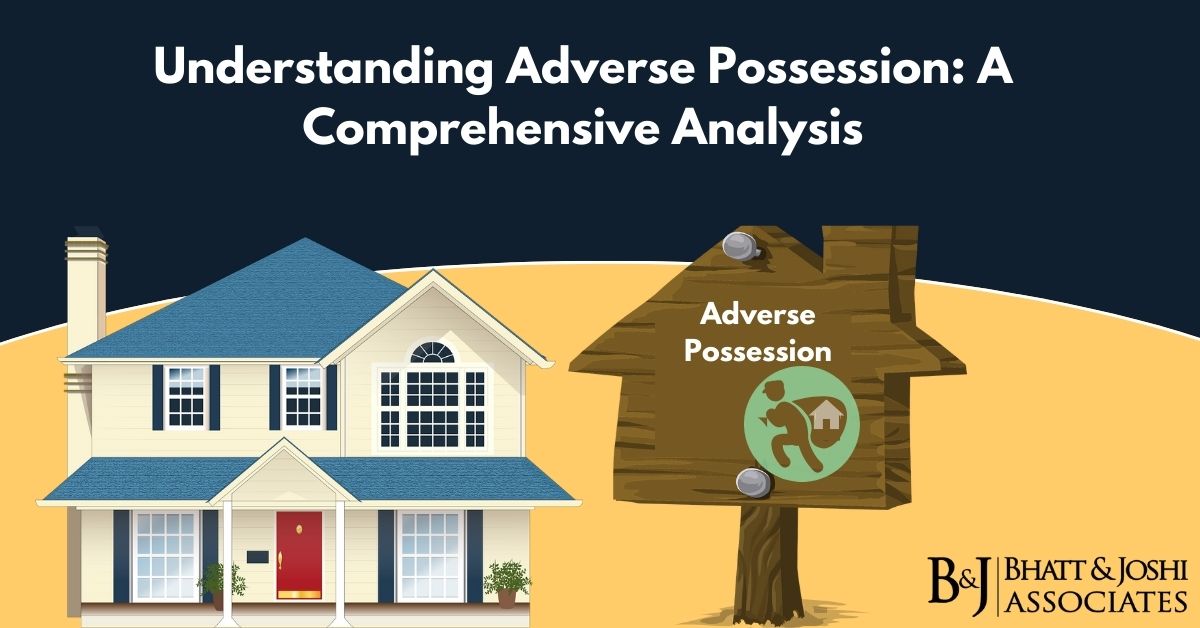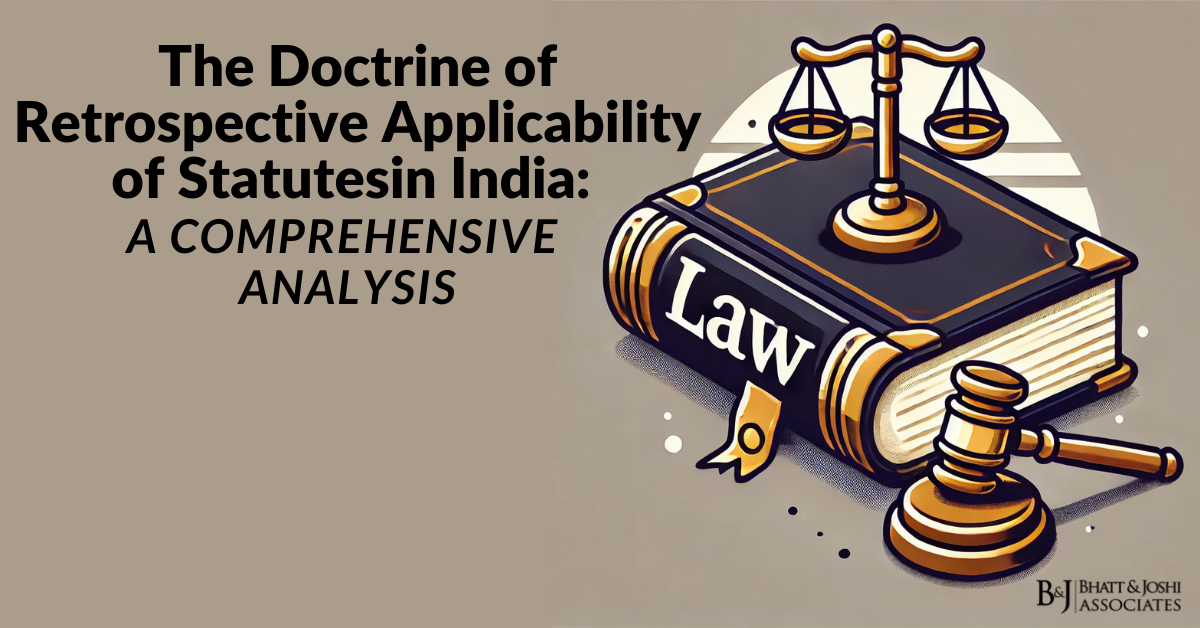
Introduction
Adverse possession, a principle that might sound arcane to the layperson, embodies a fascinating aspect of property law, granting title to occupants of land under specific conditions. This article delves into the intricacies of adverse possession, drawing on recent judicial pronouncements to elucidate its practical implications and legal requirements.
The Essence of Adverse Possession
At its core, adverse possession enables a person to claim ownership of land they’ve occupied, subject to stringent conditions. It challenges conventional notions of ownership, emphasizing the importance of possession under certain conditions over a prescribed period, typically more than 12 years.
Recent Judicial Insights
A significant Supreme Court judgment highlighted the critical elements necessary for a claim of adverse possession. The judgment in the case of M. Radheshyamlal versus V Sandhya and Anr. reiterates the necessity for a claimant to establish certain facts unequivocally.
- Actual Knowledge of Ownership: The claimant must be aware of the property’s actual owner.
- Continuous Possession: Possession must be open, undisturbed, and known to the true owner for over 12 years.
- Adverse to the True Owner: The possession should clearly be in opposition to the rights of the true owner.
These elements underscore the dual nature of adverse possession as both a factual and legal claim, requiring detailed evidence and legal articulation.
Key Judicial Pronouncements
- Adverse Possession as a Legal and Factual Blend: The Supreme Court has described adverse possession as a mixture of fact and law, necessitating clear proof of possession and the intention to own the property exclusively. This includes demonstrating continuous possession and the original owner’s awareness of such possession.
- The Doctrine’s Underlying Principles: In landmark judgments, the Supreme Court has laid down the foundational principles governing adverse possession. It is crucial for someone asserting a possessory title over property to demonstrate established possession. This “settled possession” implies a long-term, undisturbed presence on the property, recognized or unchallenged by the true owner.
Conclusion: Adverse Possession Balancing Ownership and Legal Requirements
Adverse possession, while offering a path to ownership for long-term occupants, imposes stringent requirements to balance the interests of true owners. Recent Supreme Court decisions have clarified these requirements, emphasizing the need for clear, continuous possession known to the actual owner. These judgments serve not only to guide potential claimants but also to safeguard property rights, ensuring that only those truly invested in the land they occupy can claim ownership through adverse possession.













